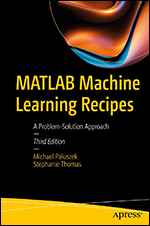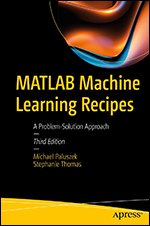Programming for Chemical Engineers Using C, C++, and MATLAB
- 4h 45m
- Raul Raymond Kapuno Jr.
- Jones and Bartlett Learning
- 2008
Designed for chemical engineering students and industry professionals, the book shows how to write reusable computer programs by guiding the reader through the process of: establishing the theoretical concept; determining the applicable numerical methods; testing the algorithm through manual calculation; writing and debugging the computer program based on the algorithm; and validating the result, using statistical analysis. All programs in the book are written in the three most popular languages (C, C++, and MATLAB) currently used in the chemical engineering curriculum and in industry. Because the book is written by a chemical engineer, practitioners and students will learn to write programs for appropriate subject matter of interest to them.
Features
- Designed to help merge knowledge of computer programming and chemical engineering principles
- Uses the three most popular programming languages (C, C++ and MATLAB) currently being used in the chemical engineering curriculum and throughout industry
- Includes complete program listings that can be run immediately by copying into a text editor and compiling them
- Explains each program in detail to better understand the flow and the functions of the different commands
About the Author
Raul Kapuno, Jr. is an instructor at Cebu Institute of Technology, (Philippines) where he teaches courses in chemical engineering and computer programming. He holds degrees in chemical and industrial engineering, has published several journal articles, as well as professional experience with Coca-Cola and Daewoo Motors.
In this Book
-
Introduction
-
Review on C Programming
-
Numerical Computation using C
-
Physical Properties—Prediction and Approximation
-
Applications using C
-
Overview of C++
-
Introduction to MATLAB
-
Functions for Numerical Computations
-
Applications using MATLAB
-
Interfacing MATLAB® With C
-
Continuing On




